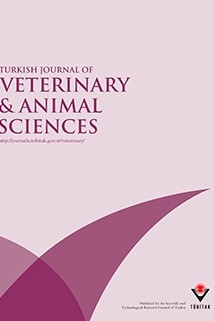
Turkish Journal of Veterinary and Animal Sciences
Yazarlar: Gülsün BEKLEVİK, Abdurrahman POLAT, Fatih ÖZOĞUL
Konular:-
Anahtar Kelimeler:Sea bass,Amino acid,Lipid,Frozstorage,Proximate composition
Özet: Changes in proximate composition and amino acid content of frozen (-18 °C) wild sea bass (Dicentrarchus labrax, L. 1758) fillets were investigated during 9 months of storage. Initial protein and lipid contents were 19.75% and 1.22%, respectively, and changed to 19.31% and 3.58% in the 9th month of storage. Amino acid analyses were performed at intervals in the initial, third, sixth and ninth months of storage. The initial ratio of essential/nonessential amino acid (g amino acid/16 g N) was 0.75. The reduction of the ratio was 0.01 in the 3rd month, 0.05 in the 6th month and 0.08 in the 9th month of frozen storage. The most abundant amino acids in sea bass fillets were aspartic acid, glutamic acid and lysine. Methionine, tyrosine and histidine were in lower concentrations than the other amino acids during the frozen storage.